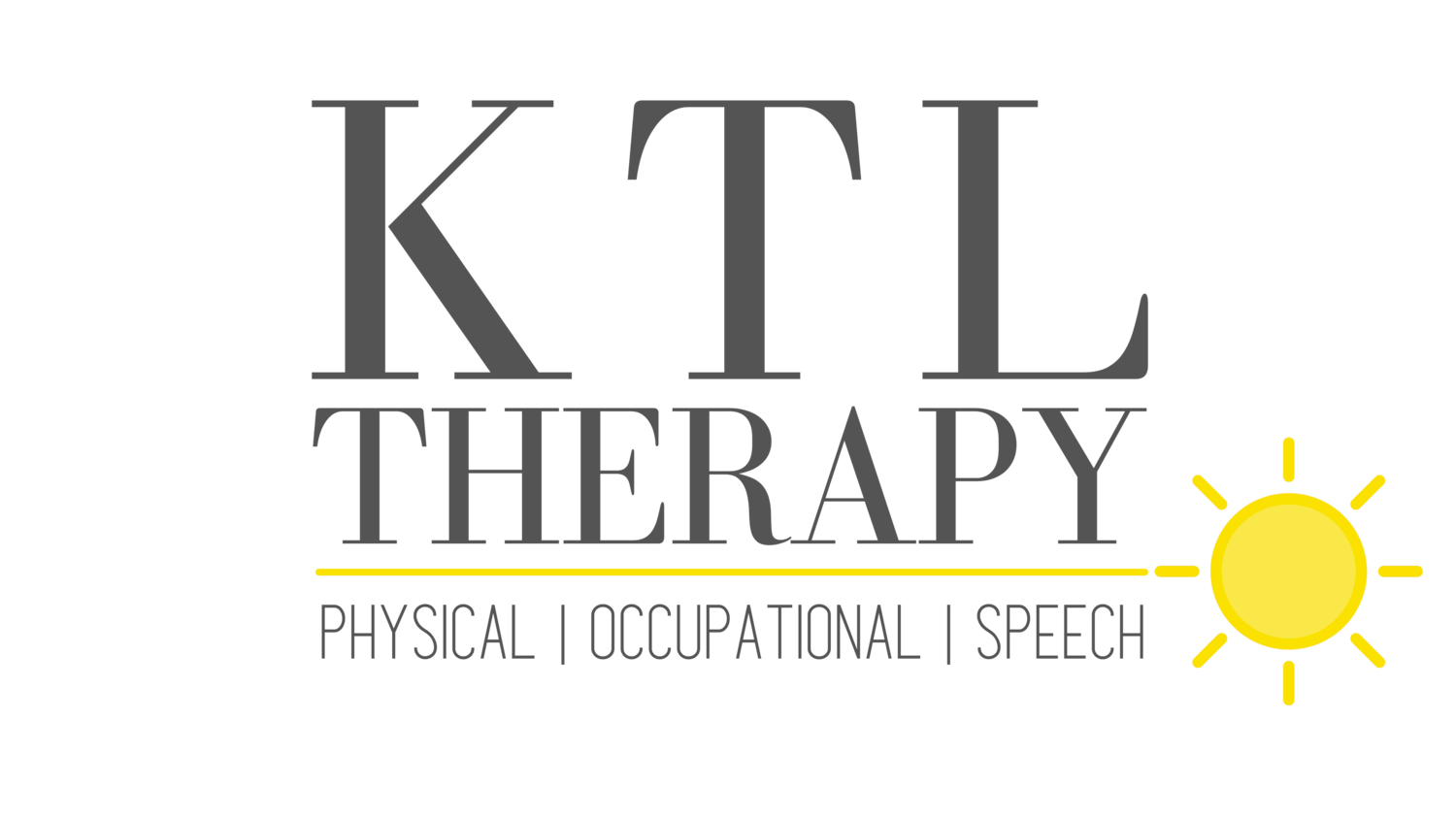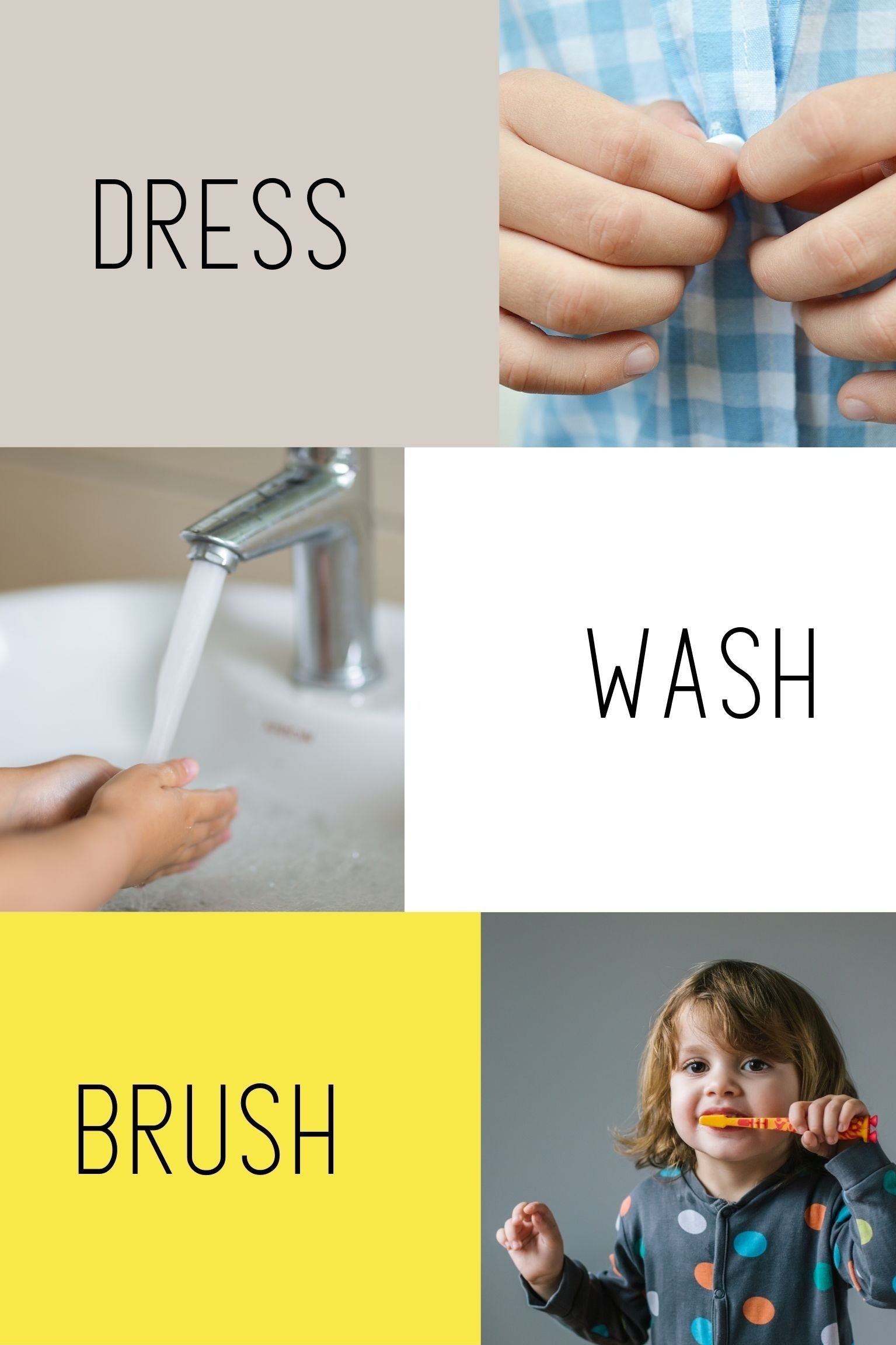Promoting Independence in Toddlers - Activities of Daily Living
For toddlers, taking care of themselves begins with learning the simple tasks of hygiene, self-feeding, and dressing.
Photo by Jep Gambardella
What is an Activity of Daily Living?
Activities of daily living (ADL) refers to the ability to complete tasks in order to care for oneself. This can include simple tasks such as bathing and eating, or more complex tasks such as money management.
Examples of ADL in childhood include:
bathing and showering
toileting and toilet hygiene
dressing
feeding
functional mobility
personal hygiene and grooming
play
sleep and rest
social participation
What fine motor skills are necessary for fulfilling these self-care tasks?
Whether it is a simple task in toddlerhood such as feeding with hands or a more complex job in childhood such as completing chores around the house, to develop self-help skills, a child must have a strong foundation of these fine motor skills:
Photo by Vanessa Loring
Hand-eye coordination is the ability of a child to complete activities with his hands guided by his vision.
Grasp is the ability to hold and manipulate an object with your fingers. This fine motor skill is developed throughout infancy and toddlerhood and will be refined through a child’s school-age years. Typically, by 12 months of age occupational therapists like to see a mature pincer grasp develop.
Def. “pincer grasp” - the ability of a child to reach out and grab an object with his index finger and palm
[Grasp is important for many self-care tasks, most notably utensil use for feeding (i.e., spoon) and instrument use for writing (i.e., pencil).]
Dexterity is completing tasks with your hands using good control and demonstrating skill. As a child’s grasp pattern matures in play, her dexterity is also fine-tuned. Dexterity begins with simply being able to hold a toy and then expands into the child rotating her arm to place the toy into a container. We also rely on dexterity as we begin to master handwriting.
Bilateral integration is using both sides of the body to complete a task and requires you to use both hands. This skill begins to develop as babies learn to bring their hands together at midline.
How can I help my toddler develop their fine motor skills while promoting self-care?
Photo by Polesie Toys
A parent can utilize the following strategies:
backward chaining - an adult completes all steps of a task but the last one; the child executes the last step, working backward from the goal, thus teaching her independence one step at a time
modeling and demonstration
repetition
play pretend self-care routines with dolls
Keep an eye out for our upcoming blog posts which will detail how to implement these fine motor skills in specific self-care tasks and how to encourage your child to participate in his or her own care!
If you’re looking for a resource with additional ways to support self-care development in your child, I recommend the book Self-care With Flair by Bhanu Raghavan.




